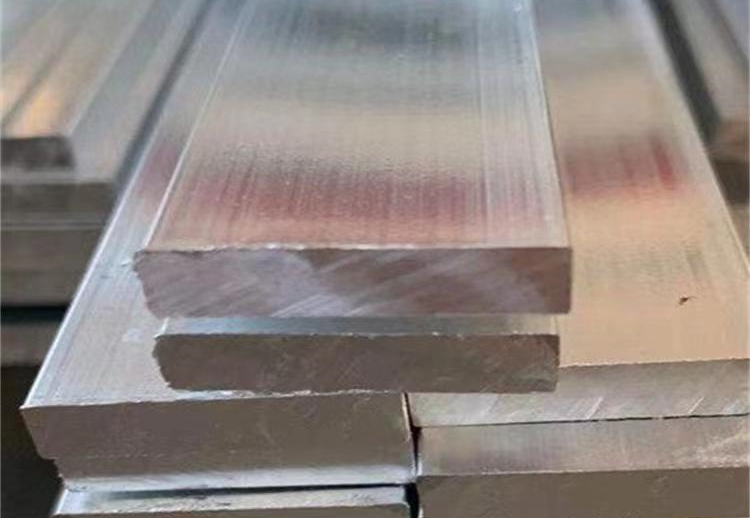How to bend aluminum flat bar

Bending aluminum busbars requires specific techniques to ensure high-quality results and to avoid common issues such as cracking or surface damage. Here are some key techniques for effectively bending aluminum busbars:
1. Proper Tool Selection
Bending Radius: Use dies with a larger bending radius to minimize the risk of cracking. The recommended bending radius is typically at least twice the thickness of the aluminum busbar.
V-Die Selection: Choose a V-die that matches the thickness and width of the aluminum busbar to ensure an even distribution of pressure.
2. Material Preparation
Annealing: If the aluminum busbar is too hard or prone to cracking, consider annealing it to soften the material and increase ductility. This makes the material easier to bend without breaking.
Surface Cleaning: Clean the aluminum surface to remove any contaminants that might cause scratches or other surface imperfections during bending.
3. Controlled Bending Process
Gradual Bending: Perform the bending operation in multiple, smaller increments rather than a single large bend. This reduces the stress on the material and helps achieve a more accurate bend.
Slow Bending Speed: Use a slower bending speed to allow the material to conform gradually, reducing the risk of sudden cracks or other defects.
4. Springback Compensation
Overbending: Aluminum has a tendency to spring back after bending. To compensate for this, slightly overbend the material beyond the desired angle, allowing it to spring back to the correct position.
Testing and Adjustment: Perform test bends and measure the springback. Adjust the bending angle based on these tests to achieve the desired final angle.
5. Surface Protection
Protective Film: Apply a protective film or tape on the aluminum busbar to prevent surface scratches and dents during the bending process.
Smooth Dies: Ensure that the bending dies and other contact surfaces are smooth and free of any burrs or rough spots that could damage the aluminum surface.
6. Use of Lubricants
Lubrication: Apply a suitable lubricant to the contact areas to reduce friction and prevent galling or surface damage. Ensure that the lubricant is compatible with aluminum.
7. Precision Equipment
CNC Bending Machines: Use CNC-controlled bending machines for high precision and repeatability, especially for complex or high-volume bending tasks.
Calibrated Tools: Regularly calibrate and maintain bending tools and equipment to ensure consistent performance and accuracy.
8. Operator Training
Skilled Operators: Ensure that operators are well-trained and experienced in handling aluminum busbars. Skilled operators can make adjustments on-the-fly and troubleshoot issues effectively.
Continuous Improvement: Encourage continuous learning and improvement by analyzing past bending operations and incorporating lessons learned into future processes.
9. Environmental Considerations
Temperature Control: Perform bending operations at a consistent temperature to avoid variations in material properties that could affect the bending process.
Avoid Moisture: Ensure the aluminum busbars are dry and free from moisture, as water can act as a lubricant, leading to uncontrolled slipping during bending.
By applying these techniques, you can improve the quality and efficiency of aluminum busbar bending operations, reducing the likelihood of defects and ensuring consistent results.